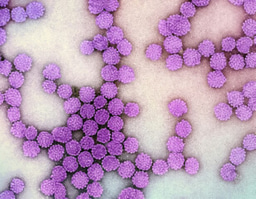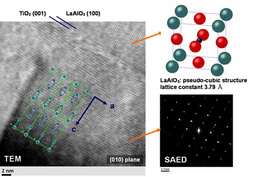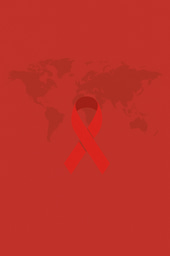Can’t see the forest for the microbes
Published in Microbiology

By this I mean the regional (microbial) species pool that is the source of the rich microbial diversity that draws us to minimally impacted cultures in the first place.
Cryotube-wielding scientists are the latest in a long line of researchers studying hunter-gatherer groups throughout the world that seek balance between the prying nature of research and the rights and respect of indigenous cultures. In a timely discussion, Dominguez-Bello and others foretell of a future where mining the microbial richness of native peoples is probable, but must be undertaken with the highest ethical standards and with specific consideration to the native cultures with regards to equitable outcomes that may result from commercialization. It’s imperative we do no harm at any level in the process.
But as researchers contemplate and ply the translational potential of often extraordinarily diverse hunter-gatherer microbiomes in the context of important ethical considerations, we should be careful not to miss the trees for the microbes. By this I mean the regional (microbial) species pool that is the source of the rich microbial diversity that draws us to minimally impacted cultures in the first place.
Living and working amongst the Hadza hunter-gatherers of Tanzania for the last few years has brought front and center the intimate – and seasonal – relationship humans evolved microbes on the landscape. With each animal killed, microbes are given the opportunity to move from one species to the next – so long as they can find a suitable niche. With each berry that is plucked from a bush or tuber dug from beneath the microbial-rich ground, each and every act of a foragers lifestyle keeps the Hadza – and presumably our common hominid ancestors – connected to an extensive regional species pool.
As researchers muse about the therapeutic possibilities of novel species and small molecules that may recover co-evolved interactions lost in the age of the Anthropocene, perhaps our greatest reciprocal action as researchers working with native peoples who seek to maintain their way of life in the face of increasing anthropogenic pressure, would be to characterize and acknowledge the regional species pool in their microbial health and the loss of ours. While much is made of diet, antibiotics and niceties of the developed world as environmental filters (species sorting) resulting in our degraded western microbiomes, we need not forget how closely linked microbial richness in native peoples is embedded in the integrity of the biological systems they inhabit.
As 50% of the worlds population is living in biodiversity-degraded urban settings characterized by a compounding torrent of environmental filters yoked to western lifestyles, the microbial-rich Hadza gut is trying to tell us we can’t turn the tide on the cascade of microbial species extinctions unless we take on the root cause(s) of our current inner ecological disaster and their impending one.
In the absence of protecting the microbiota of the Hadza and other remote groups through legislation similar to the U.S. Endangered Species Act or international frameworks such as that provided by CITES – which is an argument that could and should be made – perhaps bio-banking in the form of larger biomass collection during fieldwork to go with extensive environmental sampling that should be the foundation of all future work among native peoples might be considered. Going beyond the swab would place missing microbes in the western gut firmly in the wheelhouse of ecological theory and the ongoing calamity that is the Anthropocene. For native peoples, a more broad ecological approach by researchers to understanding their local microbial diversity might provide another arrow in the quiver in their struggle to protect their lands and way of life.




Please sign in or register for FREE
If you are a registered user on Research Communities by Springer Nature, please sign in